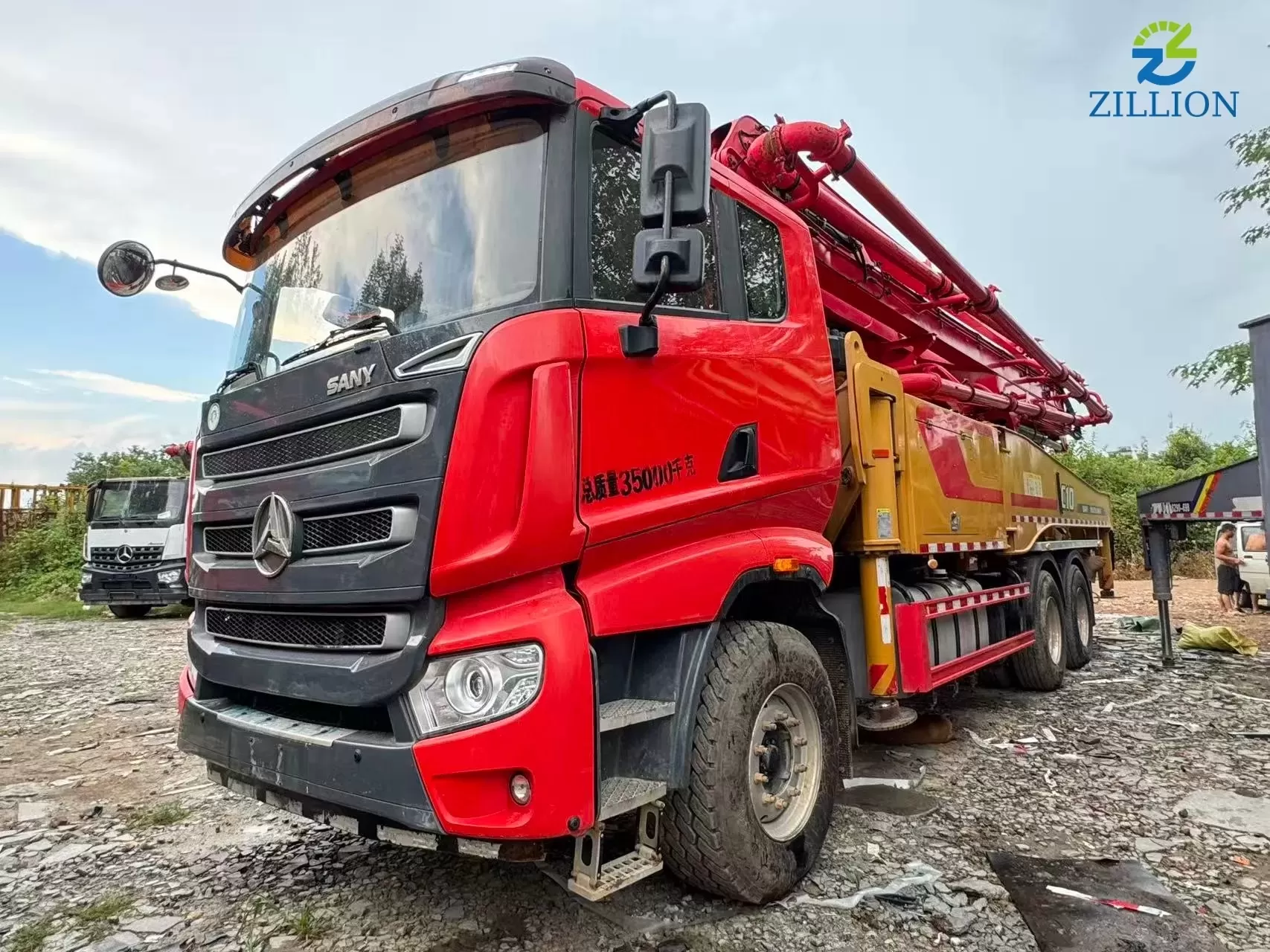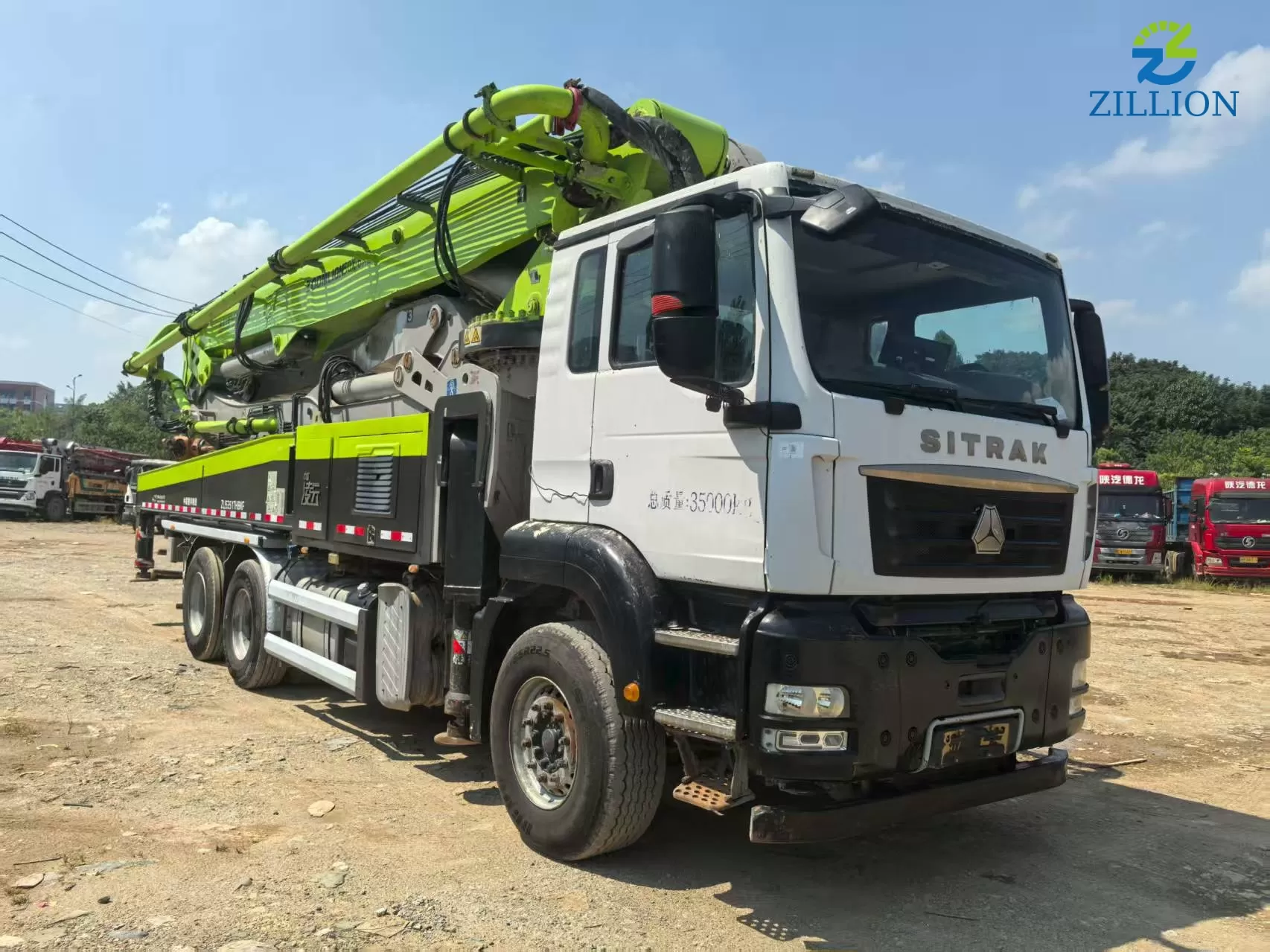How to Protect Your Vehicles From Damage During Sea Shipping
Shipping heavy or used construction machinery by sea offers a practical and often economical solution for international transportation. Traveling across the ocean can really put your gear at risk if you don't handle it carefully. From saltwater corrosion to damage caused by vibrations, improper loading, and the physical stress of the shipping environment, various factors can compromise the integrity of your machinery.

Common Types of Damage During Ocean Freight
Vehicles shipped via ocean freight can face dents, scratches, fluid leaks, or rust formation due to humidity. Large machinery may also suffer from misalignment, damaged hydraulics, or broken components caused by improper bracing or inadequate securing.
Pre-Shipment Preparation: The First Line of Defense
Getting everything ready beforehand really helps keep things safe during the move. Before your shipment even heads out, careful planning makes sure everything goes smoothly.
Clean, Inspect, and Document Your Vehicle Condition
A clean vehicle helps inspectors identify existing scratches or defects before loading. Take detailed photos and document every angle. This record acts as proof if you need to make an insurance claim or handle a dispute.
Remove or Secure Loose Parts and Accessories
All loose parts, such as mirrors, antennas, and external attachments, should be removed or firmly secured to prevent movement during transit. Proper securing and loading are essential to avoid damage, using professional lashing, bracing, and blocking techniques with ratchet straps, chains, and blocking materials. Additional protection with rubber mats, foam cushions, or covers helps minimize vibration and moisture damage, especially for vehicles with sensitive or delicate components.
The Importance of Disabling Alarms and Disconnecting Batteries
Vehicle alarms can drain batteries mid-shipment or cause unnecessary disruptions. Disconnect batteries to prevent electrical malfunctions or corrosion from humidity buildup.

Choosing the Right Shipping Method for Protection
Not all shipping methods offer the same level of safety. Selecting the appropriate one based on your machinery type, size, and destination is critical.
Roll-on/Roll-off (RoRo) vs. Container Shipping
RoRo shipping is suitable for wheeled machinery that can be driven on and off the ship. However, while cost-effective, it exposes vehicles to more environmental elements.
Container shipping, on the other hand, provides enclosed protection—ideal for high-value or delicate machinery. It keeps your equipment shielded from saltwater spray, weather, and theft.
If your vehicles are new, sensitive, or have electronic components, enclosed shipping is worth the investment. The controlled environment prevents exposure to damaging conditions.
Insurance and Documentation for Peace of Mind
To ensure peace of mind during shipping, comprehensive marine cargo insurance is essential, as accidents such as rough seas, mishandling, or port accidents can still occur despite all precautions. Full insurance coverage provides financial protection against these unforeseen events. In addition, it's important to have all necessary documentation in order. The Bill of Lading should accurately reflect the condition of your cargo, and it's important to retain copies of inspection reports. Knowing how the damage claim process works ahead of time can make things much easier if any issues come up during shipping.
FAQs: Protecting Vehicles During Sea Shipping
- Is RoRo shipping safe for construction machinery?
Yes, but enclosed container shipping offers better protection against corrosion and physical damage. - How can I prevent rust during sea transport?
Apply anti-corrosion coatings and use protective wrapping or shrink films. - Should I drain fluids before shipping?
In most cases, no—but check carrier requirements. Some fluids must be minimized to prevent leaks. - What's the role of insurance in sea shipping?
Insurance compensates for losses due to damage, theft, or accidents during transit. - What documents do I need for vehicle sea shipping?
Bill of Lading, insurance certificate, export declaration, and inspection reports are essential.
Protecting your vehicles during sea shipping goes beyond simply avoiding repair expenses. It's about safeguarding long-term value and upholding your company's professional reputation. Through careful preparation, selecting the appropriate shipping method and securing comprehensive insurance, you can ensure your valuable machinery reaches its destination safely and remains in optimal condition for immediate use.

 EN
EN en
en FR
FR nl
nl ka
ka ru
ru fa
fa ar
ar az
az pl
pl uk
uk hy
hy tr
tr mk
mk de
de pt
pt el
el es
es it
it sq
sq ky
ky